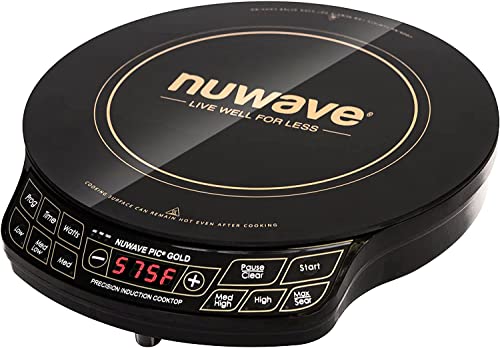> I have never had my house batteries below 65% and that only once.
Well that's easily done, no harm at all.
Report the results back here, V and A logged every 20 minutes.
A 20-hour load test goes down to 10.5V, of course only on shore power, well controlled conditions.
And the resulting data radically improves your Trimetric's SoC accuracy.
IMO should be done at least annually, more often once SoH falls below 85%.
Well that's easily done, no harm at all.
Report the results back here, V and A logged every 20 minutes.
A 20-hour load test goes down to 10.5V, of course only on shore power, well controlled conditions.
And the resulting data radically improves your Trimetric's SoC accuracy.
IMO should be done at least annually, more often once SoH falls below 85%.









































































